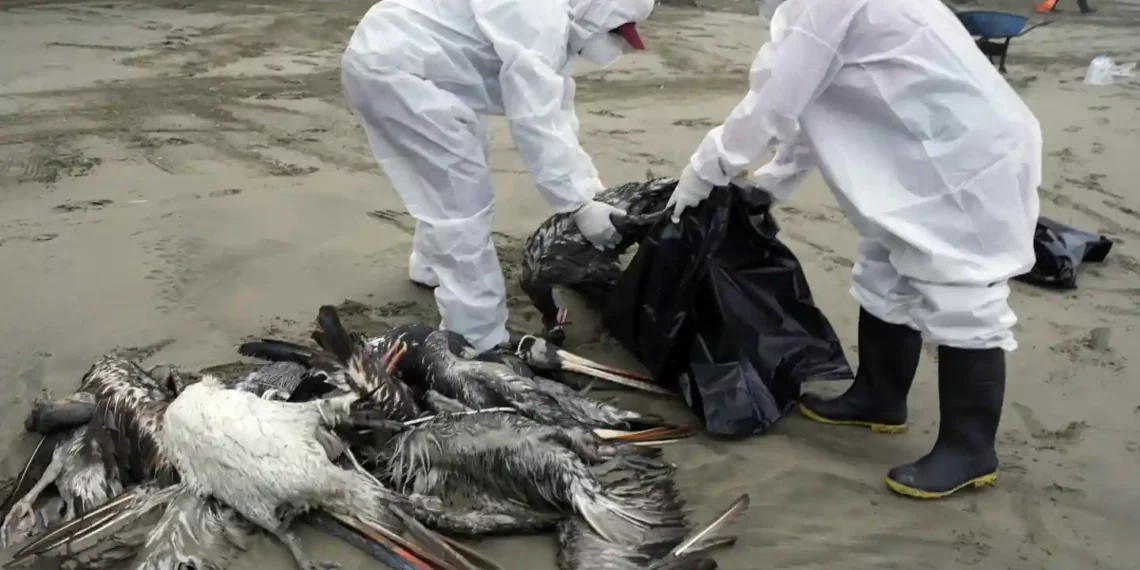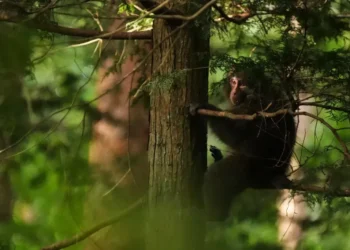Bird Flu Outbreak in Wild Birds: What You Need to Know and Its Impact on Backyard Feeders
Bird flu has caused major disruptions in the United States, devastating poultry and dairy farms and driving up egg prices since its detection in North America in late 2021. But what about its effects on wild birds? Here’s what you need to know about the outbreak, its impact on bird populations, and whether backyard bird feeders are safe.
Which Wild Birds Are Affected?
Since the outbreak began, over 12,000 individual wild birds have tested positive for bird flu, though experts believe the real number is significantly higher. According to Bryan Richards of the U.S. Geological Survey’s National Wildlife Health Center, most infected birds are never tested.
- Waterfowl: Dabbling ducks like mallards and blue-winged teal can carry the virus with few symptoms but may still spread it through their feces or saliva.
- Migratory Birds: Species that flock together in large numbers, such as geese and eared grebes, are more vulnerable. A recent outbreak in Utah killed between 15,000 and 25,000 migratory grebes near the Great Salt Lake.
- Seabirds: Birds that roost in dense colonies, such as gulls, are highly impacted.
- Songbirds: While species like Northern cardinals, blue jays, and chickadees can contract the virus, they appear less affected since they don’t gather in large groups.
Signs of Bird Flu in Wild Birds
Symptoms of bird flu can vary but often include:
- Lack of coordination
- Inability to fly
- Respiratory distress
If you see a bird acting strangely, avoid handling it and contact a local wildlife rehabilitator. If handling is necessary, wear gloves and a mask as a precaution.
Should You Take Down Your Backyard Bird Feeder?
For most people, bird feeders remain safe and are not a major source of bird flu transmission. However, there are some precautions to consider:
- For Backyard Chicken Owners: Experts suggest removing feeders to reduce potential transmission to poultry.
- Cleaning Protocol: Regularly clean bird feeders and nesting boxes to minimize disease spread.
- Human Risk: The likelihood of bird flu spreading to humans via feeders is very low, according to Michael J. Parr, president of the American Bird Conservancy.
Impact on Endangered Bird Species
Some of the most vulnerable birds include:
- California Condors: Scientists have launched a vaccination program to protect this critically endangered species.
- Bald Eagles: These scavengers suffered heavy losses early in the outbreak, likely from consuming infected waterfowl. Many eagle chicks also failed to survive during the first breeding season after the virus appeared.
However, there’s hope—reported infections in bald eagles declined from 427 in 2022 to just 48 in 2023. Scientists suspect some surviving eagles have developed immunity. This past migration season even saw a record number of bald eagles in northern Minnesota.
Key Takeaways
- Bird flu has infected over 170 species of wild birds, with waterfowl and migratory birds most affected.
- Symptoms include difficulty flying, lack of coordination, and respiratory distress.
- Backyard bird feeders are generally safe, but owners of backyard chickens should take extra precautions.
- Endangered species, such as California condors and bald eagles, have been impacted, but some populations are showing signs of recovery.
By staying informed and taking simple precautions, bird enthusiasts can help protect wild bird populations while continuing to enjoy backyard birdwatching.
This article was rewritten by JournosNews.com based on verified reporting from trusted sources. The content has been independently reviewed, fact-checked, and edited for accuracy, neutrality, tone, and global readability in accordance with Google News and AdSense standards.
All opinions, quotes, or statements from contributors, experts, or sourced organizations do not necessarily reflect the views of JournosNews.com. JournosNews.com maintains full editorial independence from any external funders, sponsors, or organizations.
Stay informed with JournosNews.com — your trusted source for verified global reporting and in-depth analysis. Follow us on Google News, BlueSky, and X for real-time updates.














